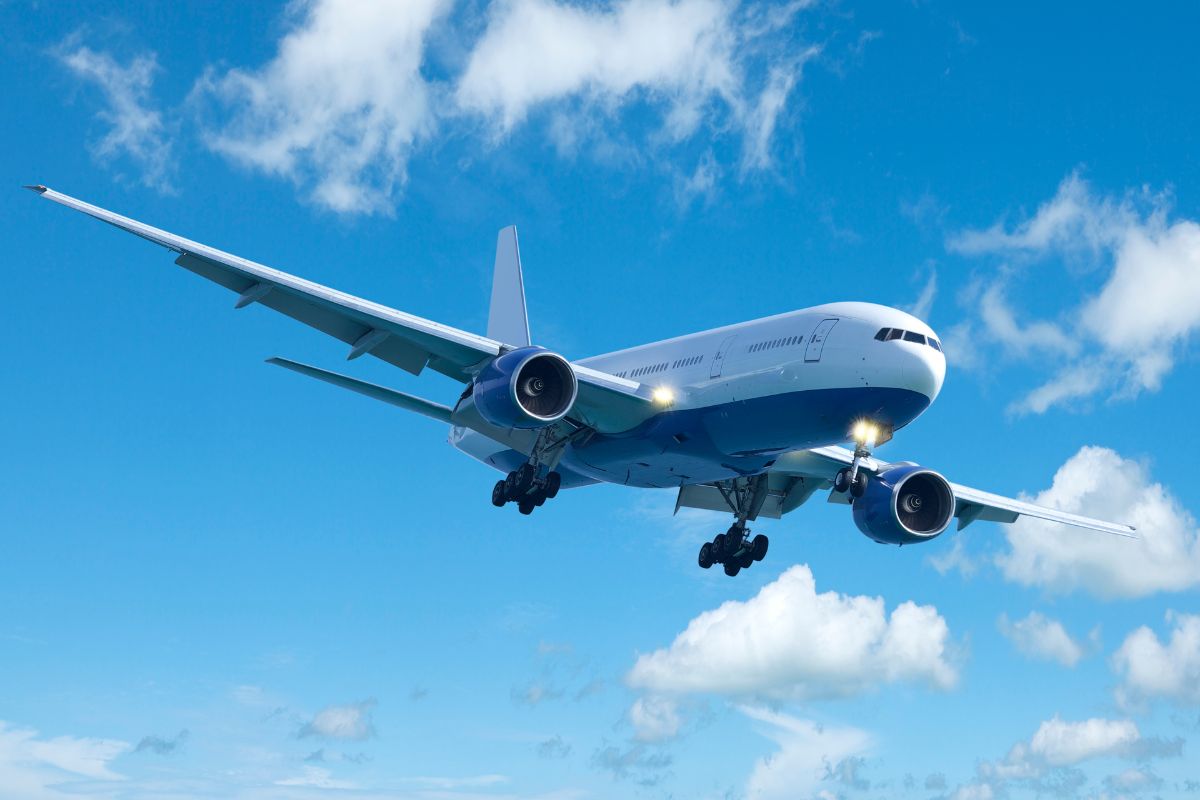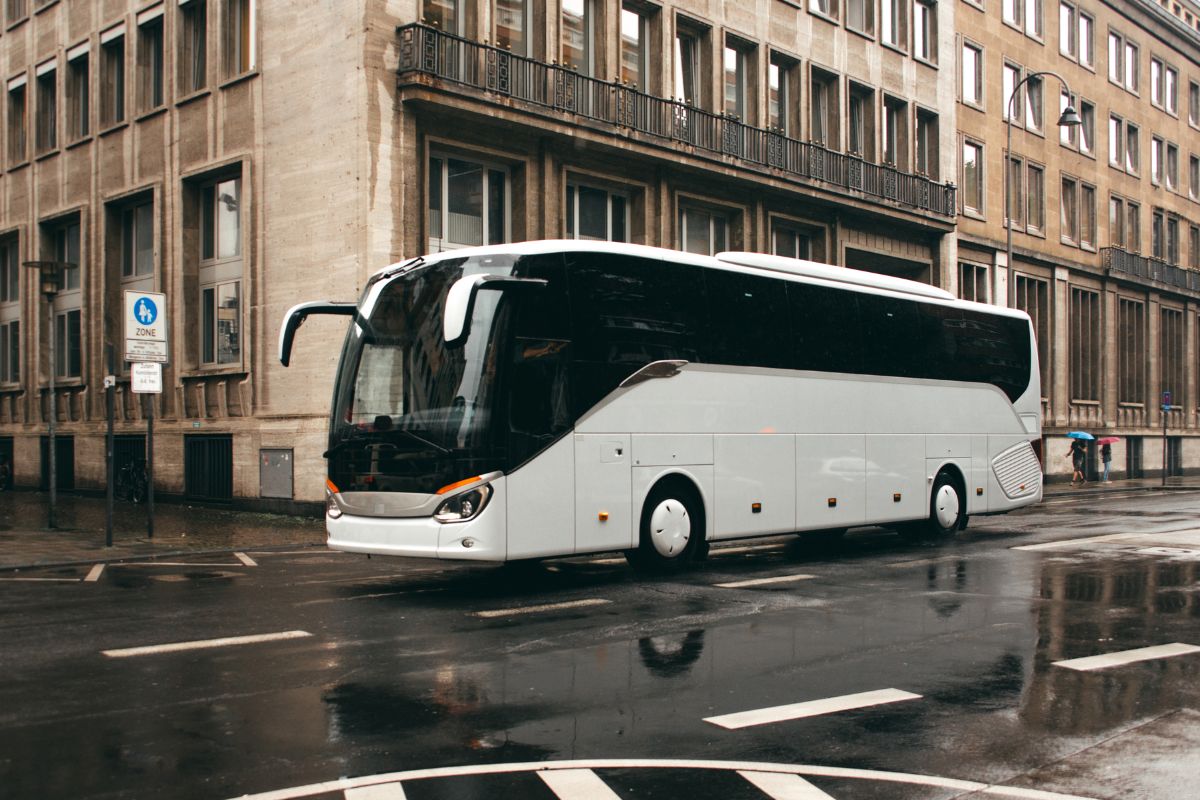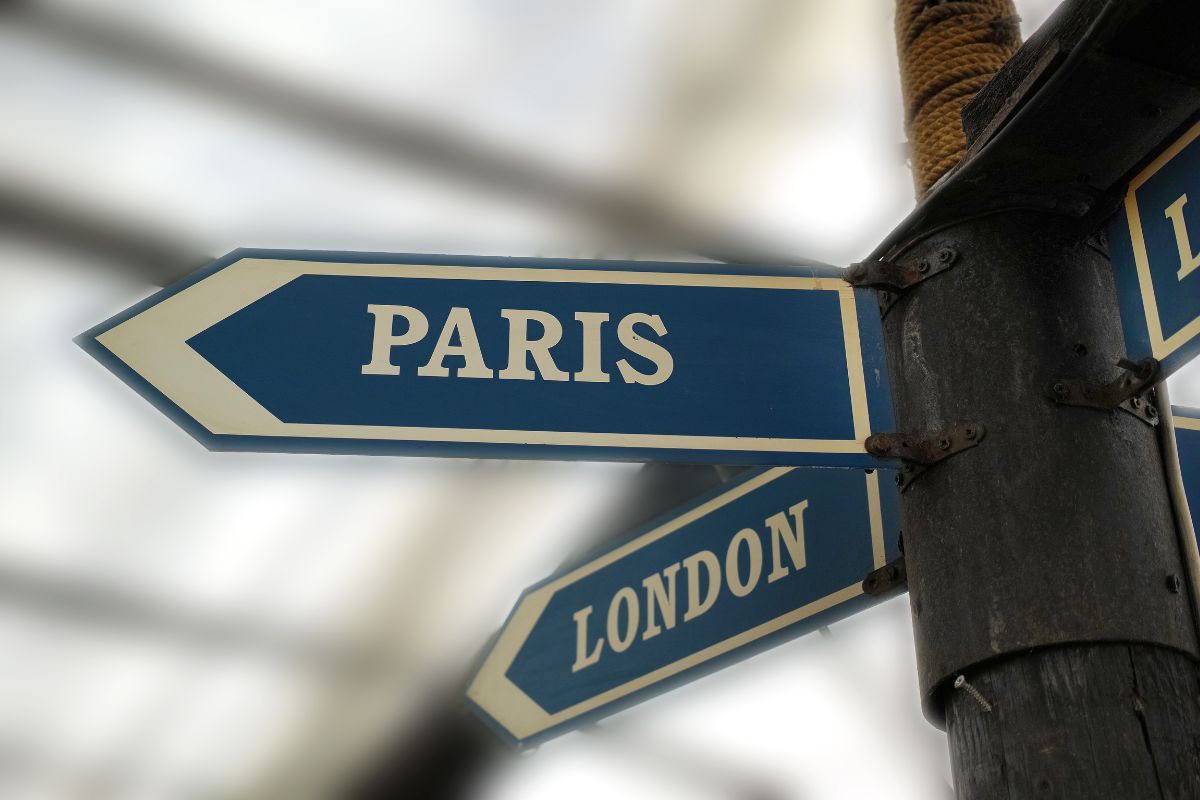London and Paris are two of Europe’s most populated cities, and travel between the two is common for holidays, business, and foreign education. The trip is barely over 200 miles, but varies based on whether you travel by train, airplane, coach, or automobile.
As someone familiar with both UK and European travel networks, I’ll walk through the main ways to get from London to Paris, what to expect, and what UK travellers should keep in mind. This guide is based on official travel information, common traveller experiences, and widely available fare details.
1. Eurostar Train – The Most Convenient

For most UK travellers, the Eurostar is the quickest and most reliable option.
- Route: London St Pancras International to Paris Gare du Nord
- Travel Time: ~2 hours 15 minutes
- Check-in Time: 30–60 minutes before departure
The Channel Tunnel is crossed by the Eurostar, so no airport transfers and hardly any waiting around. Passengers get on and off the train in the centre of Paris, ideal for short breaks or day excursions.
Traveller tip: For the majority of UK travellers, the Eurostar is less stressful since there are tighter bag checks and no lengthy transfer at either end.
Price: Prices range from about £39 one-way if pre-booked. Prices rise rapidly at weekends and during school holidays.
2. Flying – A Popular Alternative Option

There are frequent flights between Paris and London connecting to multiple airports on both sides.
- London Airports: Heathrow, Gatwick, Luton, London City
- Paris Airports: Charles de Gaulle, Orly
- Flight Time: 1 hour 15 minutes (but 4–5 hours overall door-to-door)
Although the flight is short, going to and from airports, checking in, and collecting luggage take a lot of time. This will generally make the entire trip slower than the Eurostar.
Traveller tip: Luton or Gatwick budget flights are sometimes cheaper than Eurostar, but factor in luggage and airport transfer and the difference is gone.
Cost: Low-cost fares from £25–£50 one way, plus supplements.
3. Bus or Coach – Cheapest, but Longest

The most budget-friendly way to travel by bus is by taking the long-distance bus.
- Departure: London Victoria Coach Station
- Arrival: Paris Bercy Seine or Gallieni
- Journey Time: 7–10 hours
FlixBus and BlaBlaCar run regular daily services. Regular overnight coaches make it easy for visitors to arrive in Paris in the morning.
Tip: The mode is affordable for students but less comfortable for longer journeys.
Price: Around £15–£25 one way, the cheapest price available.
4. By Car – Flexible but Expensive

Travel by car offers more flexibility, especially for road trips or families.
- Route Choices: Eurotunnel Le Shuttle from Folkestone to Calais or Ferry from Calais to Dover
- Distance: 280 miles (450 km)
- Drive Time: ~6–7 hours
Traveller tip: Car travel is convenient if you plan on calling at a town on the way, such as Lille or Rouen, but car parking in the centres of towns is limited and expensive.
Costs to be met: Petrol, tolls, Eurotunnel/ferry crossing fees, and parking. You can very quickly spend £150–£200 return.
UK Traveller Practical Tips
- Passport Requirements: Citizens of the UK must utilise a valid passport. Visas are not required for short-term visits.
- Advance Booking: Fares on flights and Eurostar are considerably cheaper if booked weeks ahead.
- Peak Travel: School holidays, bank holidays, and weekends mean more costly fares and more crowded trains.
- Luggage Rules: Eurostar’s large allowances are more liberal than those of budget airlines.
- Transfers: Include the cost and time of getting to airports or stations at either terminal.
Also Read: True Stories of Business Struggles Faced by Top Entrepreneurs
FAQs
Q. What is the quickest way from London to Paris?
The quickest is the Eurostar, less than 2 hours city-to-city.
Q. Is flying or Eurostar preferable?
Flying could be cheaper, but Eurostar is usually quicker and more convenient door-to-door.
Q. Do British holidaymakers need a visa for Paris?
No, British holidaymakers do not require a visa to visit France for a short visit, but must present an up-to-date passport.
Q. When do I purchase Eurostar tickets?
Tickets are most economical if booked several months in advance. They are more expensive as departure dates come closer, especially during holidays and weekends.
Q. Can I travel by automobile on the Eurostar?
Cars can’t be taken on the passenger Eurostar train from London to Paris. Drivers must ride on the Eurotunnel Le Shuttle from Folkestone to Calais, which is reserved for cars.
Conclusion
Travel between London and Paris is simple, with four direct options: driving, flying, buses, and the Eurostar. The Eurostar is generally the most straightforward and quickest, flights are an option for those who are not central in London, buses are the most affordable, and driving is versatile.
The best choice depends on your location, budget, and priorities. With proper planning and early booking, travel from the UK to Paris can be smooth as well as economical.


Leave a Reply